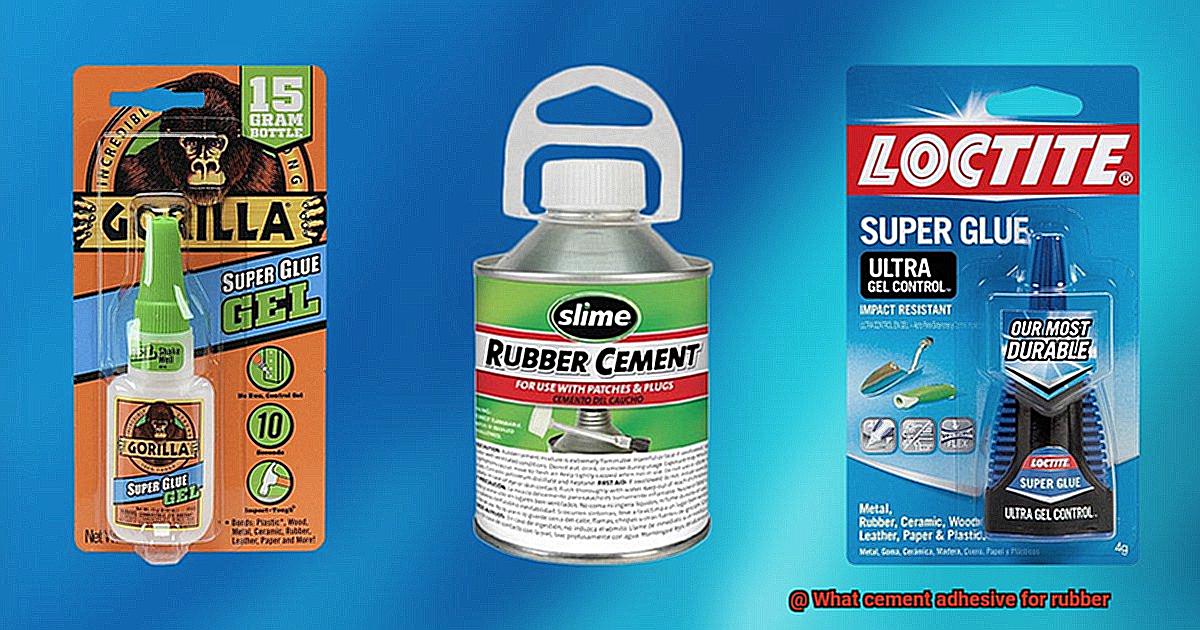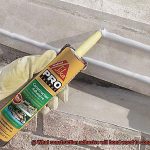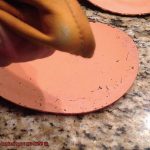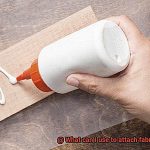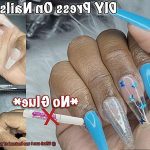Picture a world without adhesive – the glue that holds our lives together. From fixing broken vases to getting our shoes ready for adventure, adhesive is the unsung hero that helps us conquer the impossible. But when it comes to rubber, finding the perfect cement adhesive can be a perplexing challenge. Don’t worry, because today we’re embarking on a journey to uncover the secrets of the ideal cement adhesive for rubber.
In this captivating blog post, we’ll dive deep into the realm of rubber adhesion, empowering you with knowledge to make informed decisions. But first, let’s address the elephant in the room: why rubber? Rubber is everywhere – from car tires and industrial hoses to kitchen utensils and footwear. Its unique properties make it a versatile material, but when it comes to adhesion, rubber poses a significant challenge due to its low surface energy and non-polar nature.
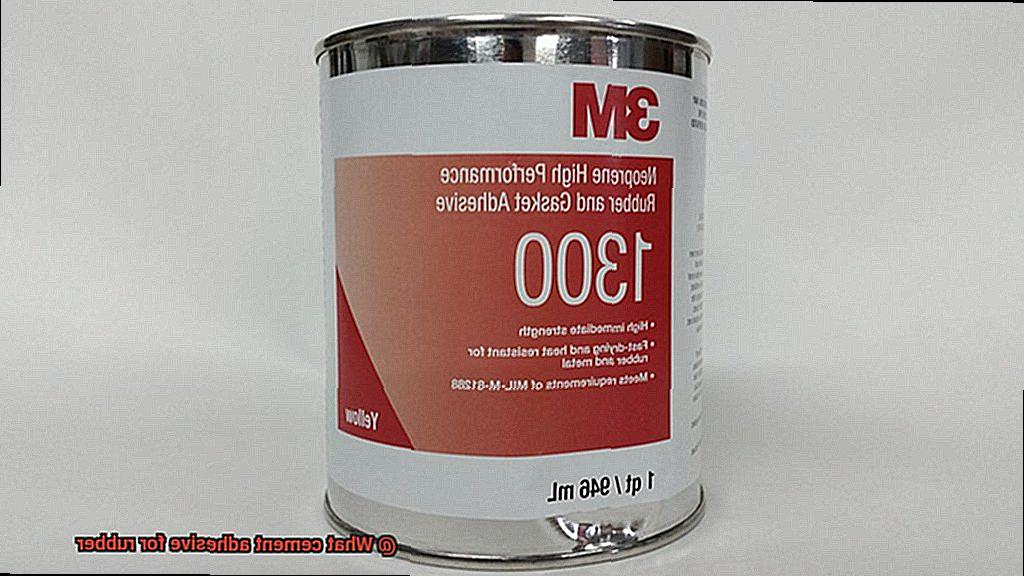
We’ll explore different types of cement adhesives suitable for rubber, revealing their composition, advantages, and limitations. Whether you’re a DIY enthusiast, a professional engineer, or simply curious about the science of adhesion, this blog post will equip you with all you need to tackle any rubber bonding project.
Join us as we plunge into the world of rubber adhesion and unlock the secrets behind finding that perfect cement adhesive for your rubber needs. Get ready to be captivated by the wonders of adhesion that can transform your rubber bonding experiences forever. Stay tuned; there’s a wealth of knowledge waiting just for you.
Types of Cement Adhesives for Rubber
Contents
- 1 Types of Cement Adhesives for Rubber
- 2 Neoprene-Based Adhesive
- 3 Cyanoacrylate Adhesive
- 4 Epoxy-Based Adhesive
- 5 Choosing the Right Cement Adhesive for Your Application
- 6 Considerations When Choosing a Cement Adhesive
- 7 Proper Surface Preparation for Optimal Bonding
- 8 Factors to Consider When Selecting a Cement Adhesive
- 9 Conclusion
The choice of cement adhesive plays a critical role in achieving a strong and durable bond when working with rubber materials. With numerous options available, selecting the right adhesive can be a daunting task. This article delves into the different types of cement adhesives for rubber, providing valuable insights to help you make an informed decision.
Neoprene Cement Adhesive:
Neoprene cement adhesive, also known as polychloroprene adhesive, is a top choice for bonding rubber materials. Renowned for its exceptional adhesion strength and flexibility, it is widely used for bonding rubber to rubber, as well as rubber to various substrates like metal, wood, and plastics.
Whether for indoor or outdoor applications, neoprene cement adhesive delivers reliable performance.
Silicone Rubber Adhesive:
Designed specifically for bonding silicone rubber materials, silicone rubber adhesive boasts outstanding heat resistance, flexibility, and moisture resistance. Industries such as automotive, aerospace, and electrical rely on this adhesive for its ability to withstand extreme temperature fluctuations.
It creates a robust bond between silicone rubber parts that endures even under challenging conditions.
Polyurethane Adhesive:
With remarkable versatility, polyurethane adhesive excels at bonding an array of materials, including rubber. This adhesive offers excellent flexibility, impact resistance, and weather resistance.
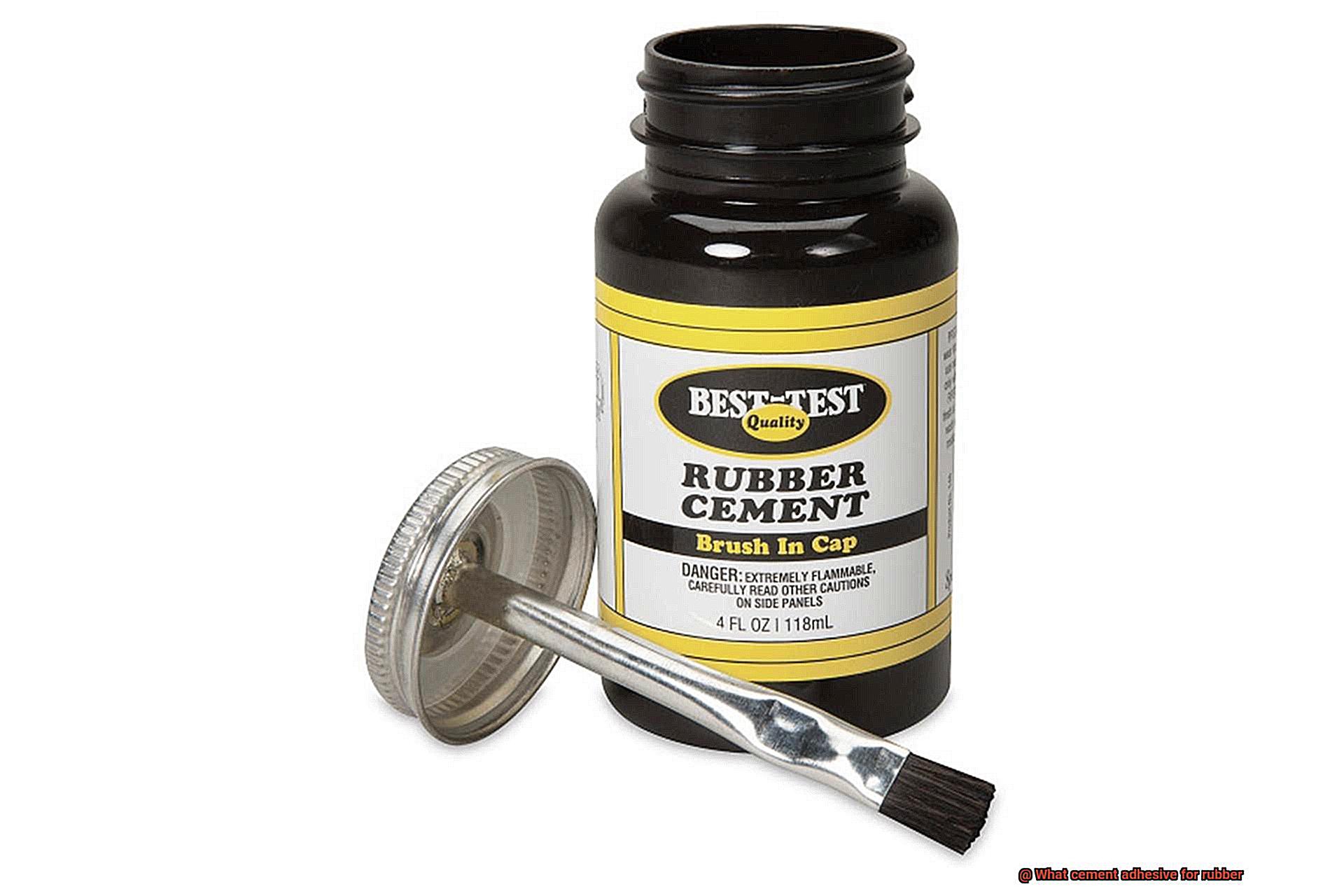
Widely used in construction, automotive, and footwear industries, polyurethane adhesive ensures a strong bond capable of withstanding vibrations and mechanical stress.
Epoxy Adhesive:
Famed for its high bond strength and durability, epoxy adhesive holds its own even though it is not specifically designed for rubber bonding.
Often utilized in industrial settings where a robust bond between rubber and other materials like metal or concrete is required, epoxy adhesives provide reliability when strength is paramount. However, they may not offer the same level of flexibility as rubber-specific adhesives.
Contact Cement:
Contact cement stands out as a favored choice for bonding rubber materials due to its rapid drying time and formidable bond. The application involves coating both surfaces, allowing them to dry, and then pressing them together to create an instant bond.
Its efficiency is particularly appreciated in the footwear industry for bonding shoe soles, as well as in various other applications where swift and strong bonding is necessary.
Conclusion:
Selecting the appropriate cement adhesive for rubber bonding ensures a robust and long-lasting bond.
Whether opting for neoprene cement adhesive, silicone rubber adhesive, polyurethane adhesive, epoxy adhesive, or contact cement, it is crucial to consider factors such as the type of rubber, environmental conditions, and desired bond strength. Adequate surface preparation and adherence to manufacturer’s instructions further enhance the success of bonding projects.
Neoprene-Based Adhesive
Look no further because neoprene-based adhesive is here to save the day. With its incredible adhesion properties, resistance to oil, chemicals, and weathering, and versatility in different forms, it’s no wonder neoprene-based adhesive is the go-to choice for bonding rubber materials.
Imagine a world where your rubber components stay firmly in place, no matter what. That’s exactly what neoprene-based adhesive offers. It forms a strong and enduring bond between different types of rubber surfaces, ensuring that your rubber hoses, gaskets, seals, and other rubber-based products stay put.
But what makes neoprene-based adhesive stand out from the rest? It’s the incredible resistance to oil, chemicals, and weathering. Neoprene is built to withstand even the toughest conditions, making it the reliable choice for industries such as automotive, construction, and manufacturing. So whether you’re dealing with extreme temperatures or harsh chemicals, neoprene-based adhesive won’t let you down.
Now let’s talk about the different forms in which neoprene-based adhesive is available. You have the liquid form which allows for precise application on both large and small surfaces using a brush or roller. Need to fill gaps or repair damaged rubber parts? The paste form of neoprene-based adhesive is perfect for that. And if you’re all about convenience and ease of use, neoprene-based adhesive tapes are just what you need.
Of course, achieving optimal adhesion requires proper surface preparation. Before applying the adhesive, make sure your rubber surfaces are clean, dry, and free from any contaminants like dust, oil, or grease. A quick clean with a suitable solvent will do the trick. Trust me, taking the time to prepare the surface properly will ensure a strong and long-lasting bond.
Now here’s something important to keep in mind – neoprene-based adhesive requires curing time. Just like waiting for a delicious meal to be cooked to perfection, patience is key here. The curing time can vary depending on factors like temperature and humidity, so make sure to follow the manufacturer’s instructions. This will guarantee that your bond reaches its maximum strength, ensuring durability and reliability.
Cyanoacrylate Adhesive
Rubber materials may seem unassuming, but they are the unsung heroes that hold our world together. From hoses to gaskets and seals, rubber components are vital in countless industries. But how can we ensure a strong and durable bond when working with rubber? Enter cyanoacrylate adhesive, the superhero of adhesives, also known as super glue or instant glue. Join me on a journey as we discover the secrets of using this powerful adhesive to bond rubber materials.
Preparing for Success:
Before diving into the enchanting world of cyanoacrylate adhesive, we must lay the groundwork for success. Properly preparing your rubber surfaces is crucial. Imagine it as creating a solid foundation for an unbreakable bond.
Start by meticulously cleaning the surfaces, ensuring no dirt, dust, or oil residues remain. A simple wipe-down with a suitable solvent or cleaning agent will do the trick. For an even stronger bond, consider gently roughening the rubber surface to increase the contact area for the adhesive.
The Art of Application:
Now that your rubber surfaces are primed and ready, it’s time to unleash the power of cyanoacrylate adhesive. But beware, this potent adhesive works at lightning speed. To achieve optimal results, apply thin layers of the adhesive.
This not only allows for proper curing but also prevents excess glue from interfering with the bonding process. Remember, in this case, less truly is more.
Begin by applying a thin layer of cyanoacrylate adhesive evenly onto one surface. Then, delicately bring the two rubber parts together while applying a gentle but firm pressure.
This technique ensures a robust and secure bond that can withstand even the harshest trials and tribulations.
The Speedy Transformation:
One of the most awe-inspiring qualities of cyanoacrylate adhesive is its ability to transform in the blink of an eye. Within seconds to minutes, this adhesive metamorphoses from a liquid to a crystal-clear, rigid bond. It’s almost like witnessing magic unfold before your eyes. Once fully cured, this bond exhibits exceptional resistance to heat, moisture, and chemicals. Talk about durability.
Epoxy-Based Adhesive
Rubber materials, with their unique properties, have found their place in countless industries. But what about connecting these rubber wonders? Enter epoxy-based adhesives, the unsung heroes that unlock a world of bonding possibilities.
In this article, we will explore the extraordinary advantages and application techniques of epoxy-based adhesives for rubber bonding. Brace yourself as we delve into the realm of epoxy and discover how it can transform your rubber bonding endeavors.
Advantages of Epoxy-Based Adhesives for Rubber Bonding:
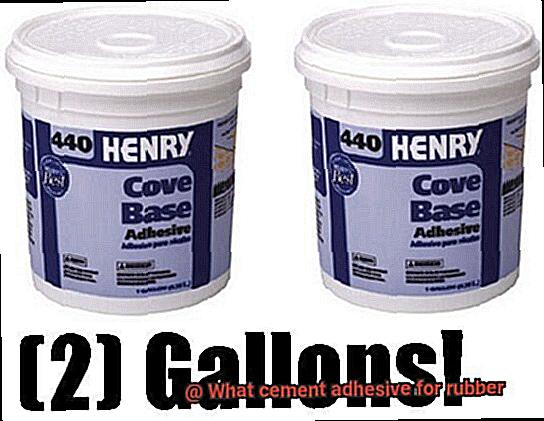
Unmatched Bonding Strength:
Prepare to be amazed by the sheer strength of epoxy-based adhesives. When the epoxy resin and hardener components combine, a chemical reaction ensues, resulting in an unbeatable bond. Your rubber materials will remain firmly joined, defying even the harshest conditions.
Durability that Defies Time’s Ticking:
Durability is the name of the game when it comes to bonding rubber materials. Fear not, for epoxy adhesives offer exceptional longevity, making them the epitome of reliability. Heat, chemicals, or moisture – nothing can break the bond created by epoxy-based adhesives.
Versatile Compatibility:
Rubber comes in many forms – natural rubber, synthetic rubber, elastomers – and epoxy-based adhesives have mastered the art of bonding them effortlessly. Their versatility knows no bounds, making them the go-to choice for a wide range of applications.
Application Techniques for Epoxy-Based Adhesives:
Surface Preparation: The Gateway to Success
Before delving into adhesive application, proper surface preparation is paramount. Cleanliness is key – ensure that the surfaces to be bonded are pristine, dry, and free from any contaminants such as dirt, grease, or oil. A thorough cleansing with a suitable solvent or detergent lays the foundation for a flawless bond.
Thin and Even: The Art of Application
To achieve a bond that stands the test of time, apply a thin layer of epoxy adhesive to both surfaces. Employ a brush or spatula as your artistic tools, carefully spreading the adhesive with precision. Remember, less is more – a thin layer guarantees optimal performance.
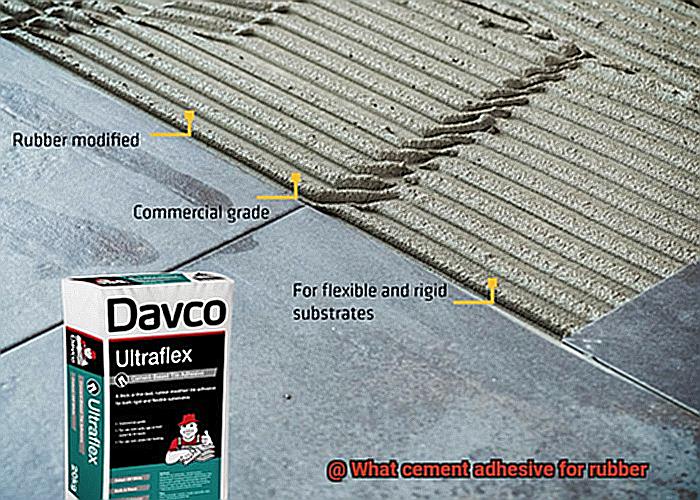
Choosing the Right Cement Adhesive for Your Application
In the intricate world of bonding rubber materials, finding the perfect cement adhesive is paramount to achieving a robust and enduring bond. With an array of rubber types and diverse applications, selecting the ideal adhesive can feel like a daunting task.
This article delves into the crucial factors you must consider when choosing the right cement adhesive for your rubber application.
Factor 1: Unveiling Rubber’s Secrets
Rubber comes in countless variations, including natural rubber, neoprene rubber, silicone rubber, and more. Each variant boasts unique properties and necessitates a specific adhesive. Before embarking on your project, identify the precise type of rubber you’re working with. Armed with this knowledge, you can confidently select an adhesive that harmonizes flawlessly with your specific rubber material.
Factor 2: Tailoring to Your Purpose
Delve into the purpose behind your adhesive needs. Are you repairing a worn-out shoe sole or sealing a leaky rubber gasket? The adhesive requirements vary depending on the application.
Repairing a shoe sole demands an adhesive that exudes strength and flexibility, while sealing a gasket mandates exceptional resistance to water and chemicals. Understanding your precise application will help you narrow down your adhesive options effectively.
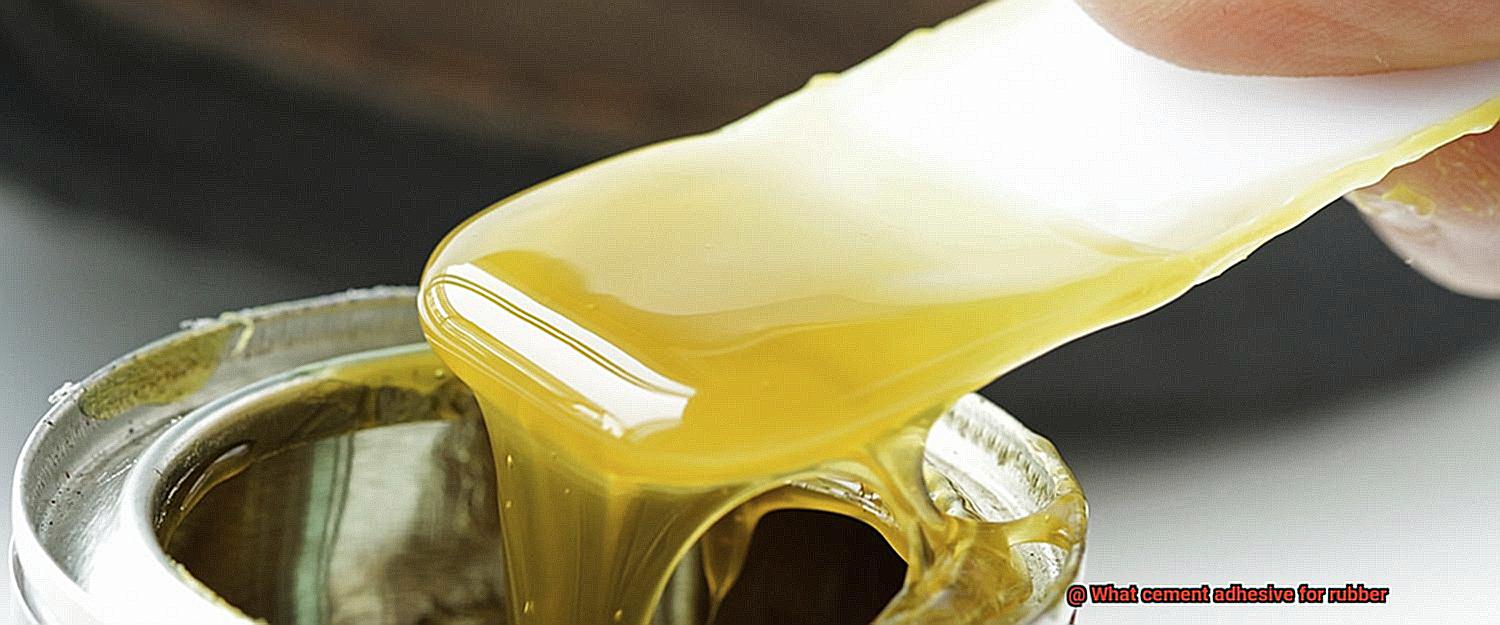
Factor 3: Weathering Environmental Storms
The conditions your bonded rubber will endure wield significant influence over adhesive selection. High-temperature environments, exposure to relentless UV light, or harsh weather conditions necessitate adhesives with specific properties.
Ensure that your chosen adhesive can fearlessly withstand the environmental challenges posed by your application. This ensures a bond that can weather any storm.
Factor 4: Following the Master’s Instructions
Never underestimate the power of instructions. Devote time to meticulously reading and adhering to the manufacturer’s instructions when using cement adhesives. Each adhesive boasts its unique set of application methods and curing times.
Correctly applying the adhesive and granting it ample time to cure is an absolute must for achieving optimal bonding strength. Skipping this crucial step could spell disaster for your project’s success.
Considerations When Choosing a Cement Adhesive
Are you ready to embark on a rubber bonding adventure? Choosing the right cement adhesive is the secret ingredient for a successful project. But with countless options out there, how do you make an informed decision?
As a seasoned expert in cement adhesives, I’m here to take your hand and guide you through the enchanted forest of considerations. So grab a pen and let’s create magic.
Consideration 1: The Rubber Kingdom
Rubber comes in many forms – natural, synthetic, elastomers. Each type possesses its own unique properties, requiring specific adhesives for optimal bonding. Pay homage to the Rubber Kingdom by selecting an adhesive that speaks its language.
Consideration 2: Unleash the Power
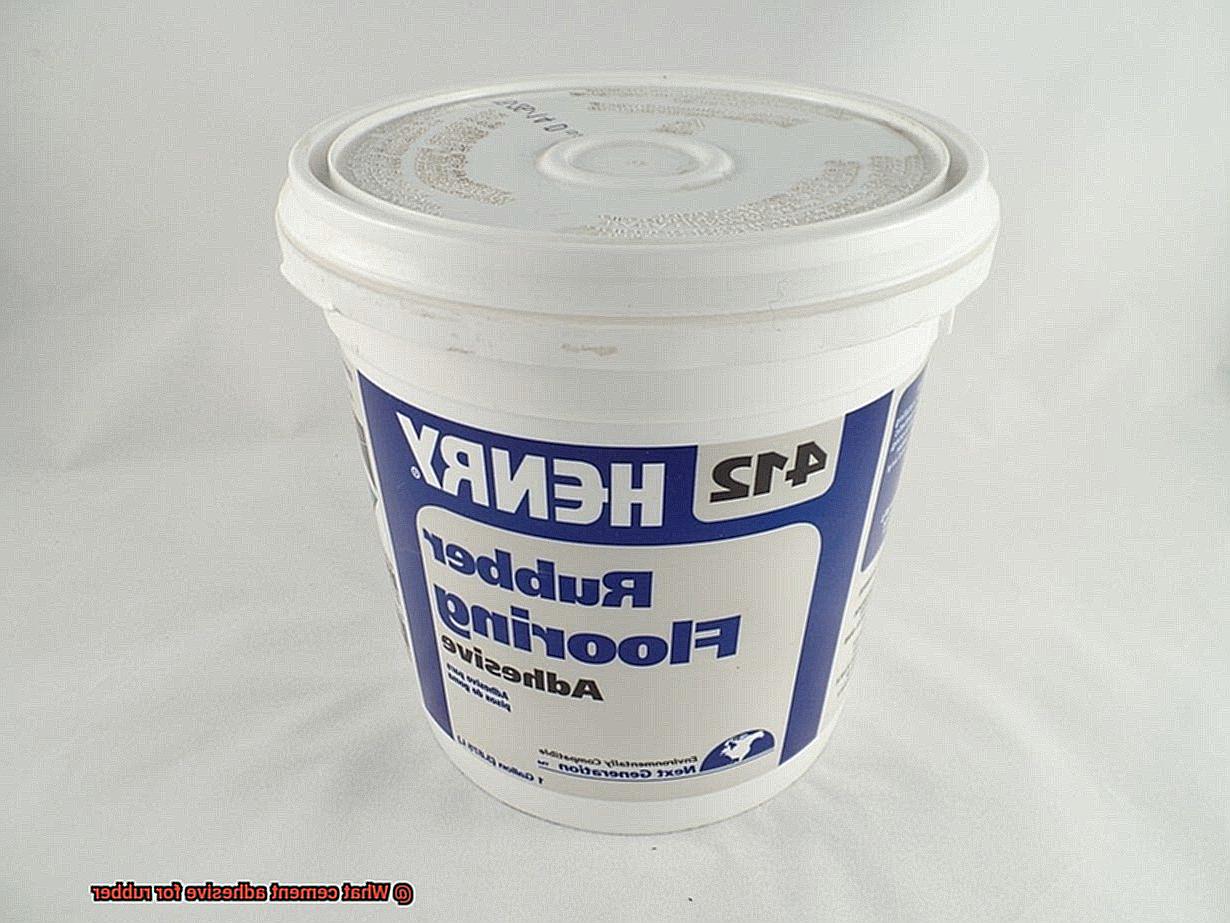
What will your rubber creation face in the world? Will it dance under automotive or industrial spotlights? Different adhesives have varying strengths and flexibility, ready to flex their muscles in specific applications. Unleash the power to withstand extreme temperatures and provide unyielding bonding strength for your high-stress projects.
Consideration 3: Surfaces That Beguile
Rubber surfaces, smooth and non-porous, challenge adhesives to prove their worth. Prepare them for battle. Cleanse them thoroughly and roughen their spirits with sandpaper or other enchanting methods. Enhance adhesion, for a bond that can withstand any test.
Consideration 4: Compatibility in the Realm
Not all adhesives dance harmoniously with all types of rubber. Beware of discord. Some may react negatively to certain chemicals or environments. Seek counsel from the manufacturer’s recommendations and ensure a compatible union between adhesive and rubber.
Consideration 5: Time and Temperature Sorcery
Time and temperature hold mystical powers over adhesives. Some crave time to cure and dry, while others demand specific temperature conditions to unleash their full potential. Master these sorceries to ensure a bond that transcends time and defies the elements.
Consideration 6: Safety: The Guardian’s Shield
Safety is the guardian’s shield, protecting us from harm. Seek non-toxic adhesives, free from harmful fumes or substances that could taint your project. Don your protective gear – gloves and goggles – and embark on your bonding quest with confidence.
Proper Surface Preparation for Optimal Bonding
Today, we embark on a quest to unlock the secrets of proper surface preparation for achieving optimal bonding with cement adhesive. Prepare to witness the transformation of a mundane rubber surface into a stronghold that can withstand the tests of time and stress.
Why is surface preparation so crucial, you may ask? Imagine trying to forge a powerful bond between two pieces of rubber without banishing the lurking dirt and grime that threaten its strength. It would be like wielding a sword covered in cobwebs, rendering your efforts futile. Proper surface preparation provides a clean canvas for our adhesive to work its magic, ensuring a bond that will endure through thick and thin.
Let us unravel the steps of this mystical process:
- Banishing the Dirt: As we embark on our journey, we must first rid the rubber surface of any dirt, dust, or debris that may hinder our bonding adventure. Grab your trusty brush or cloth and sweep away those loose particles. For stubborn stains and grime, employ a mild detergent or cleaner specifically designed for rubber surfaces. Rinse the surface with water, allowing it to bask in the sun until it is completely dry.
- Defeating Grease and Oils: Ah, the treacherous villains that threaten to sabotage our bonding efforts. Fear not, brave warriors, for we have a solution at hand. Arm yourself with the power of solvents like acetone or isopropyl alcohol, along with a clean cloth. Gently rub away the grease and oils until they are vanquished. Once again, rinse with water and ensure your surface is as dry as a desert before proceeding.
- Taming the Smooth Surface: Some rubber surfaces possess a glossy or smooth finish, making it challenging for our adhesive to create a firm grip. But fear not, for we possess a secret weapon. Employ fine-grit sandpaper to lightly sand the surface, granting it a rough texture. This grants our adhesive more surface area to form an unyielding and resilient bond.
Factors to Consider When Selecting a Cement Adhesive
Join us as we embark on a journey to discover the key factors that will unlock the secret to achieving impeccable bonding between rubber surfaces and cement adhesive.
In this chapter, we explore the intricate details that should be at the forefront of your mind when selecting a cement adhesive for rubber. From compatibility to environmental considerations, we leave no stone unturned.
Are you ready to dive into the world of adhesive mastery? Let’s begin.
Compatibility: The Perfect Match
Imagine the disappointment of preparing your rubber surface meticulously, only to find out that your chosen adhesive isn’t compatible. Avoid this heartbreak by ensuring that the adhesive you select is specifically designed for bonding rubber materials.
Choose an adhesive that creates a bond so strong and durable that it withstands any stress without causing damage or degradation.
Strength and Flexibility: The Dynamic Duo
Rubber materials have a knack for stretching, bending, and flexing. To meet their demands, you need a cement adhesive that can keep up.
Look for an adhesive that offers both strength and flexibility, capable of maintaining its bond under various stress conditions such as temperature changes or mechanical movements. It’s all about finding that perfect balance between rigidity and adaptability.
Application Method: Pre-made or Mix Your Own?
Are you a lover of convenience or a DIY enthusiast? Your preferred application method will guide your selection process. Some adhesives come pre-mixed, ready to use at your disposal.
Others require mixing before application, allowing you to unleash your inner chemist. Additionally, certain adhesives may call for specific tools or equipment. Choose an adhesive that aligns with your resources and desired application process.
Drying Time: Time Waits for No Adhesive
Time is of the essence when it comes to projects. Depending on your requirements, you may need an adhesive that dries quickly or allows for extended working time.
Familiarize yourself with the drying time of your chosen adhesive to ensure it fits seamlessly into your project timeline. No one wants to be held hostage by glue that takes forever to dry.
xaKys5ZjCaY” >
Conclusion
When it comes to finding the right cement adhesive for rubber, there are a few options that stand out.
One of the most popular choices is neoprene-based adhesive, which provides a strong and durable bond for rubber materials. Another option is polyurethane adhesive, known for its flexibility and resistance to moisture.
Whichever type you choose, it’s important to ensure that the adhesive is specifically designed for rubber materials to achieve optimal results.

